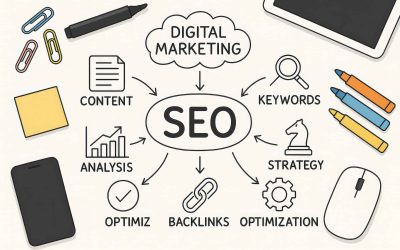Learn, Grow, and Excel in Digital Marketing!
Stay ahead with expert insights and practical tips for enhancing your website, SEO, and all things digital marketing.
All
Digital Marketing
Web Design
Inbound Marketing
SEO
Homebuilders
B2B
Lasso Up News
Business Tax Deductions: How A Website Redesign Could Save You Money
If your business has been holding back on initiating a website redesign due to cost concerns, be...
What is AEO? Why Answer Engine Optimization Is Crucial for Your Online Success
If you thought you finally had SEO figured out, hold onto your algorithm. The way people search...
Are Keywords and SEO the Same Thing? Understanding the Key Differences
Are Keywords and SEO the Same Thing? Understanding the Key Differences If you’ve recently begun...
How AI Marketing Tools Save Time and Deliver High-Impact Content
AI marketing tools help agencies like Lasso Up do more, faster. They free up our time so we can...
10 Overlooked Places to Find Home Builder Leads
Home builders love getting leads via word of mouth from satisfied homeowner clients, as they...
Why Is My Website Traffic Dropping? The Role of Google AI in 2025 and What You Can Do About It
Assuming that you’ve conducted Google searches over the past few months, you’ve undoubtedly...
Marketing Budget Optimization: How to Get the Most Out of Every Dollar
When budgets tighten, marketing performance becomes more critical than ever. Whether you're a...
Google Ads Home Builder Marketing: A Blueprint for More Qualified Leads
To manage a successful home-building company, you must overcome numerous challenges, not least of...
The Power of Agile Marketing
Unlocking Flexibility and Enhanced ROI to Your Business’s Strategy Flexibility and rapid...
Stay Ahead with the Latest in Digital Marketing!






















